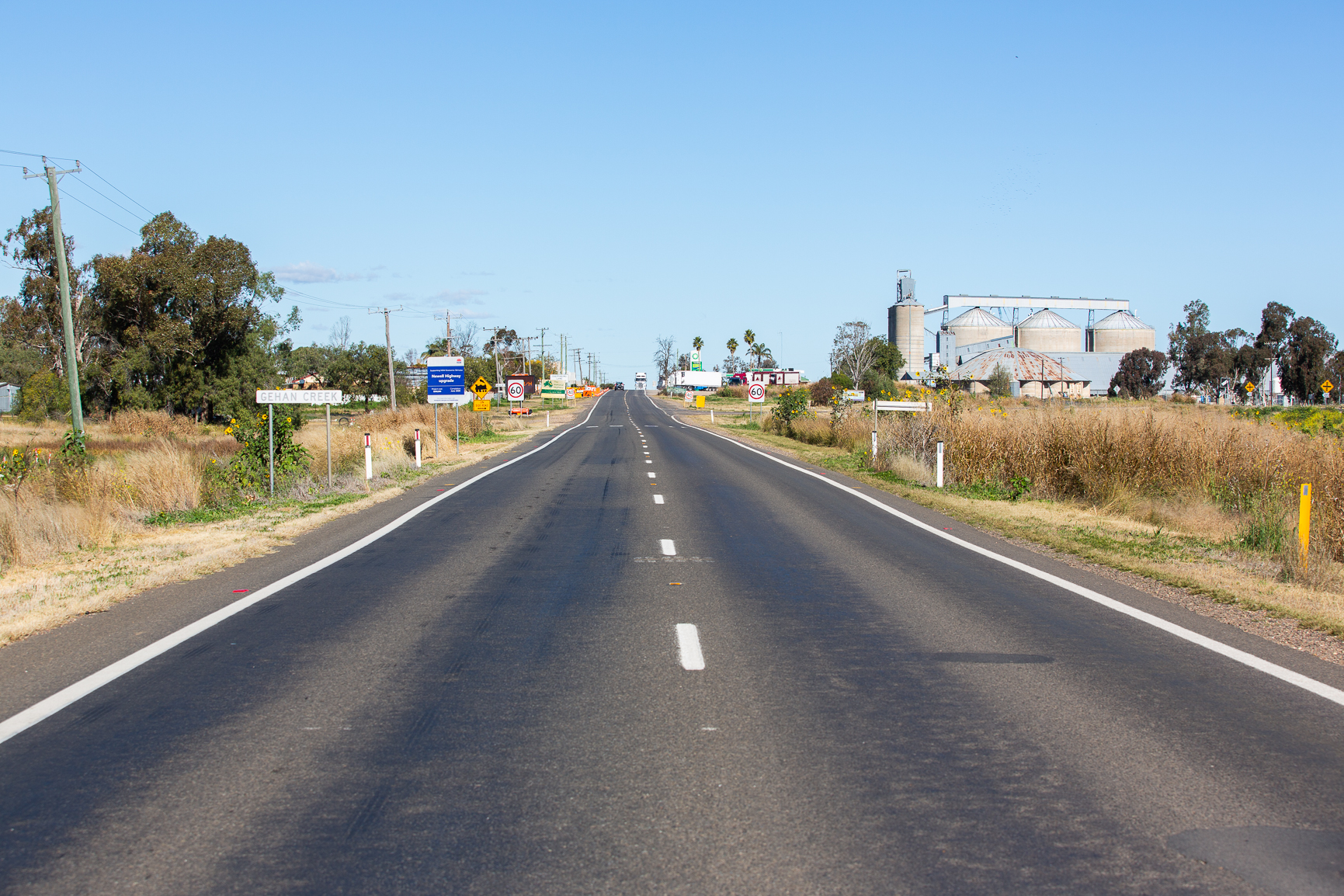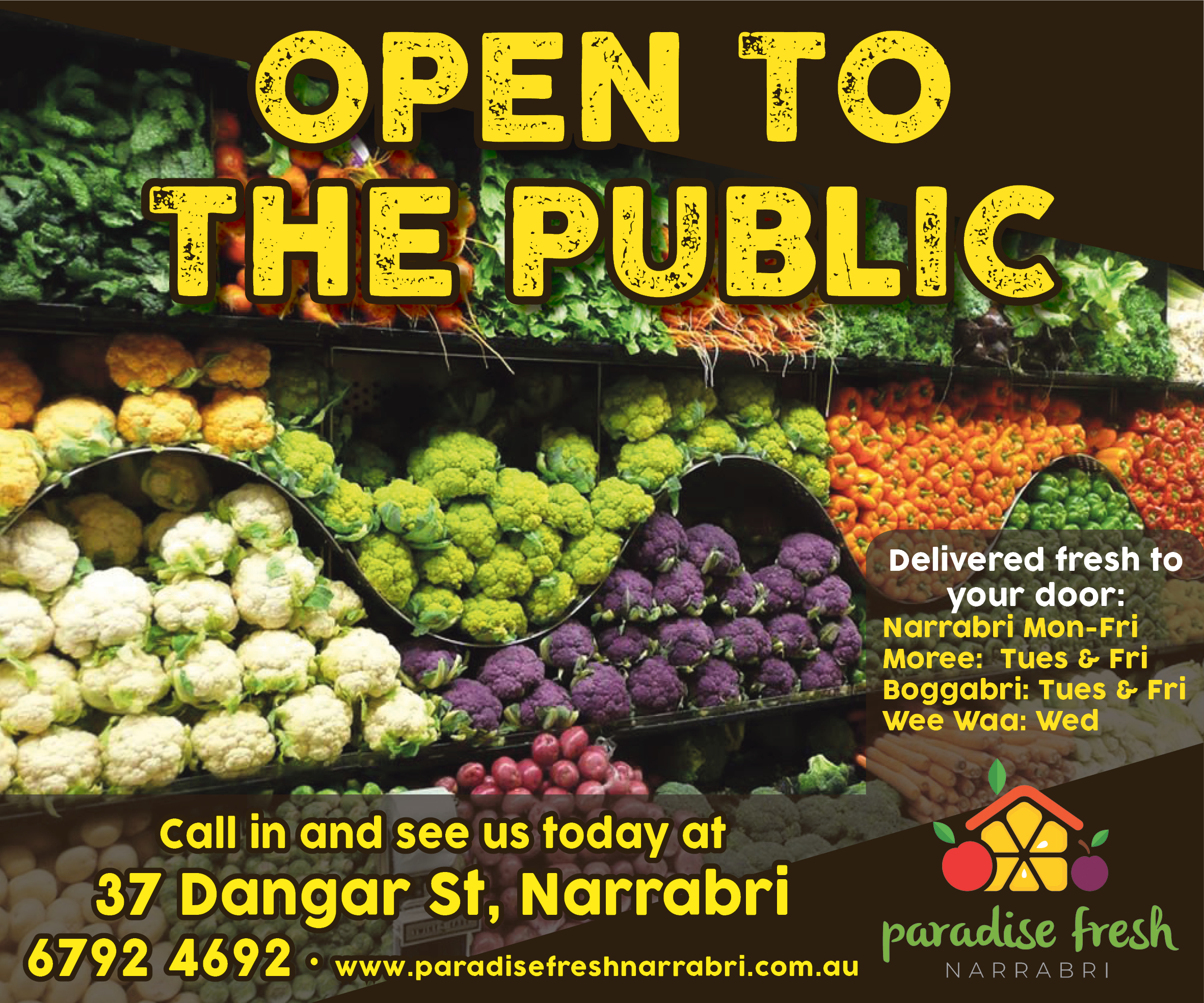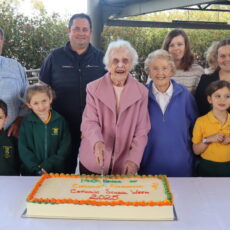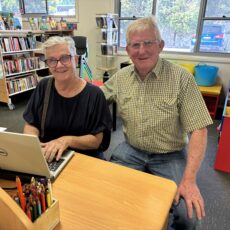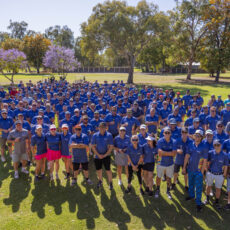Funds for upgrade work to the Newell Highway, between Narrabri and Moree, has featured among the infrastructure spend in the state budget handed down on Tuesday.
The $261 million project is expected to be completed by 2026, with $68 million allocated this financial year.
The former government’s Wee Waa High School redevelopment also features among the budget items, with $30 million allocated this financial year.
Moree will see a funding boost to its Special Activation Precinct, however, the budget makes no mention of an allocation of funds towards a Narrabri SAP.
Delivering the Labor government’s first budget since it came into power earlier this year, Treasurer Daniel Mookhey said its ignals the beginning of a new age of public investment.
“One that benefits the many and brings an end to the era of privatisation that saw profits flow to the few,” he said.
“This budget treats our schools and hospitals, our transport and roads, as assets to revitalise; not liabilities to neglect.
“This budget builds more homes amidst a housing crisis. It funds more essential workers for our public services. It rescues the energy transition with new investment. It aids disaster-hit cities and regions with help to repair.
“Above all, this Labor budget delivers the people of NSW the fresh start they voted for: Busting the wages cap, beginning toll-reform, backing first-home buyers, building new and better public schools and hospitals, restoring TAFE, fixing social housing, repairing regional and rural roads, helping small businesses, and wrangling debt back under control.”
NSW Nationals Leader Dugald Saunders said the budget has cut highly successful initiatives like the Regional Seniors Travel Card, and heavily reducing the Active Kids, Creative Kids and first lap vouchers.
“This budget has broken the hearts of families and communities across regional NSW who have been completely left behind by Chris Minns’ city-centric regime,” Mr Saunders said.
“Labor has unapologetically ripped the rug out from under the regions, inflicting even more pain after a tough few years of fires, floods and drought.”
This financial year’s budget estimates a deficit of $7.8 billion. Forward estimates show a surplus of $844 million in 2024-25, $1.5 billion in 2025-26 and $1.5 billion in 2026-27.
The budget bottom line has been boosted by a new scheme which will see coal royalties increase by 2.6 percentage points from July 1, 2024. It will replace the emergency domestic coal cap and reservation measures the previous government introduced in December 2022.
The increase in coal royalties has been criticised by the NSW Minerals Council as well coal mine operators, including Whitehaven Coal.
“The coal industry directly employs nearly 30,000 people in NSW and supports 180,000 indirect jobs. Nearly 7000 NSW businesses are part of the mining supply chain. Coal remains NSW’s most valuable export commodity by far and continues to deliver over 70 percent of electricity used in homes and businesses across NSW,” NSW Minerals Council CEO Stephen Galilee said.
“While realistic about the likelihood of an increase in royalty rates, the NSW Minerals Council and coal producers maintained throughout the NSW government’s consultation process that the current royalty structure and rates were appropriate for NSW, and should be retained.”
In a statement about coal royalty changes, Whitehaven Coal said its position remains that royalties don’t need to be increased.
“The existing regime has successfully delivered significant economic and social benefits to NSW for decades, particularly in our regions, and particularly over the last few years where historic high royalty revenues have been returned,” the company said in its statement.
To order photos from this page click here

